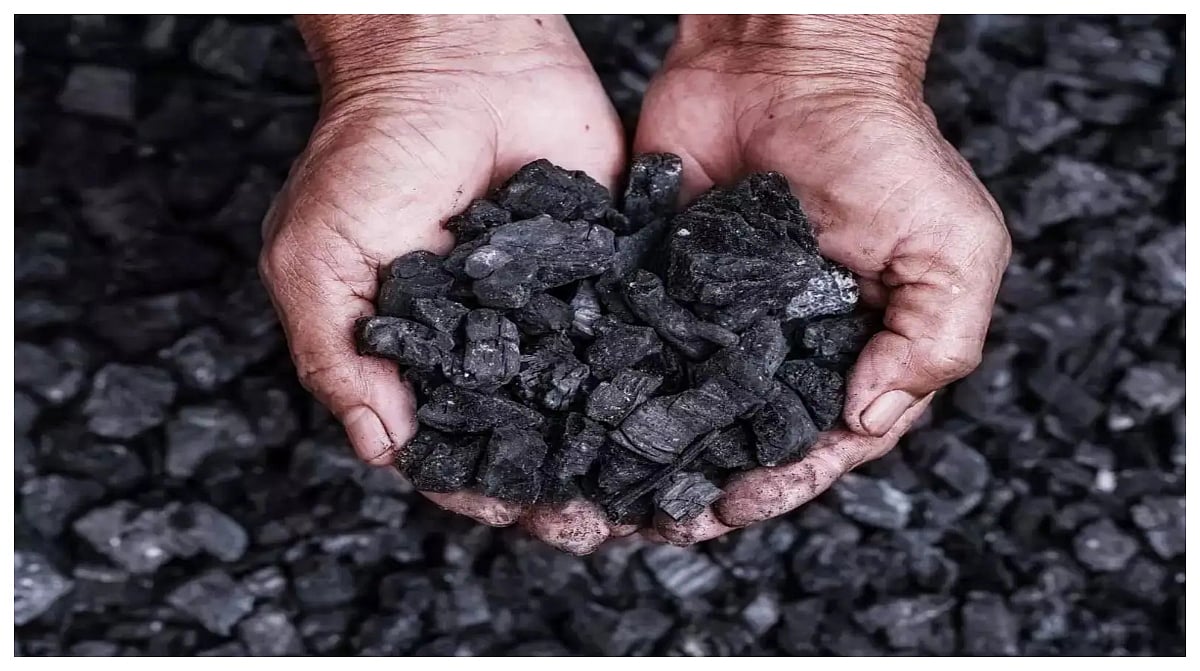The Maha Kumbh Mela 2025 in Prayagraj is in full swing, drawing millions of devotees daily to take a holy dip (snan) in the sacred waters of the Ganga and Yamuna, believing it washes away sins and grants spiritual liberation. However, amidst the religious fervour, a crucial concern arises—how safe is the river water for bathing?
The latest report by the Central Pollution Control Board (CPCB) suggests alarming pollution levels, raising serious health concerns for pilgrims, while Uttar Pradesh CM Yogi Adityanath rejects this claim.

Maha Kumbh | Representational Image
Pollution Levels in the Ganga and Yamuna
According to a report submitted by the CPCB to the National Green Tribunal (NGT), the water quality at various locations in Prayagraj does not meet the required standards for safe bathing. The primary concern is the high presence of faecal coliform, a bacterium that indicates sewage contamination.
The acceptable limit for faecal coliform in bathing water, as per CPCB guidelines, is 2,500 units per 100 ml. However, recent tests reveal that the water at multiple points in Prayagraj exceeds this limit, making it unsafe for mass bathing.
The NGT, while reviewing the issue of sewage discharge into the Ganga and Yamuna rivers, took note of the CPCB’s report dated February 3. The findings highlighted several violations and inadequate measures to maintain water quality.
"The river water quality was not conforming to the primary water quality for bathing with respect to faecal coliform (FC) at all the monitored locations on various occasions. A large number of people bathe in the river at Prayagraj during the Mahakumbh Mela, including on auspicious bathing days, which eventually leads to an increase in faecal concentration," the report stated.
Adding to the concerns, the Uttar Pradesh Pollution Control Board (UPPCB) has failed to provide a comprehensive action-taken report regarding the issue. Instead, the tribunal noted that the UPPCB only submitted a covering letter with limited water test reports, failing to outline concrete measures taken to tackle pollution.
"Even upon reviewing the documents enclosed with the covering letter dated January 28, 2025, sent by the in-charge of the central laboratory, UPPCB, it is reflected that high levels of faecal and total coliform have been found at various locations," it noted.
Given the seriousness of the situation, the NGT has granted one day for the counsel representing the state of Uttar Pradesh to examine the CPCB report and file a response.
"Member Secretary, UPPCB, and the concerned state authority responsible for maintaining the water quality in the river Ganga at Prayagraj are directed to appear virtually at the next hearing, scheduled for February 19," the tribunal declared.
Yogi Adityanath rejects faecal bacteria report
Addressing the issue, Yogi Adityanath has rejected faecal bacteria report on Maha Kumbh Mela. He reassured devotees, stating that the water at the Sangam—the sacred confluence of the Ganga, Yamuna, and the mythical Saraswati—is not only clean but also "fit for drinking."
Should devotees be concerned?
Faecal coliform is a type of bacteria commonly found in the intestines of humans and warm-blooded animals. While its presence in water doesn’t always indicate immediate danger, it is a key indicator of potential contamination. High levels of faecal coliform suggest that water may be polluted with human or animal waste, increasing the risk of harmful pathogens such as viruses, parasites, and disease-causing bacteria.
Water quality tests routinely measure faecal coliform levels to assess whether water is safe for drinking, swimming, or bathing. When these levels exceed the permissible limit, the risk of infections and waterborne diseases rises significantly.
For devotees taking a holy dip during the Maha Kumbh Mela, this raises health concerns. While the ritual holds immense spiritual value, experts warn that exposure to highly contaminated water can lead to skin infections, gastrointestinal issues, and other health problems. Given the scale of the event, ensuring clean water should be a top priority for authorities.









